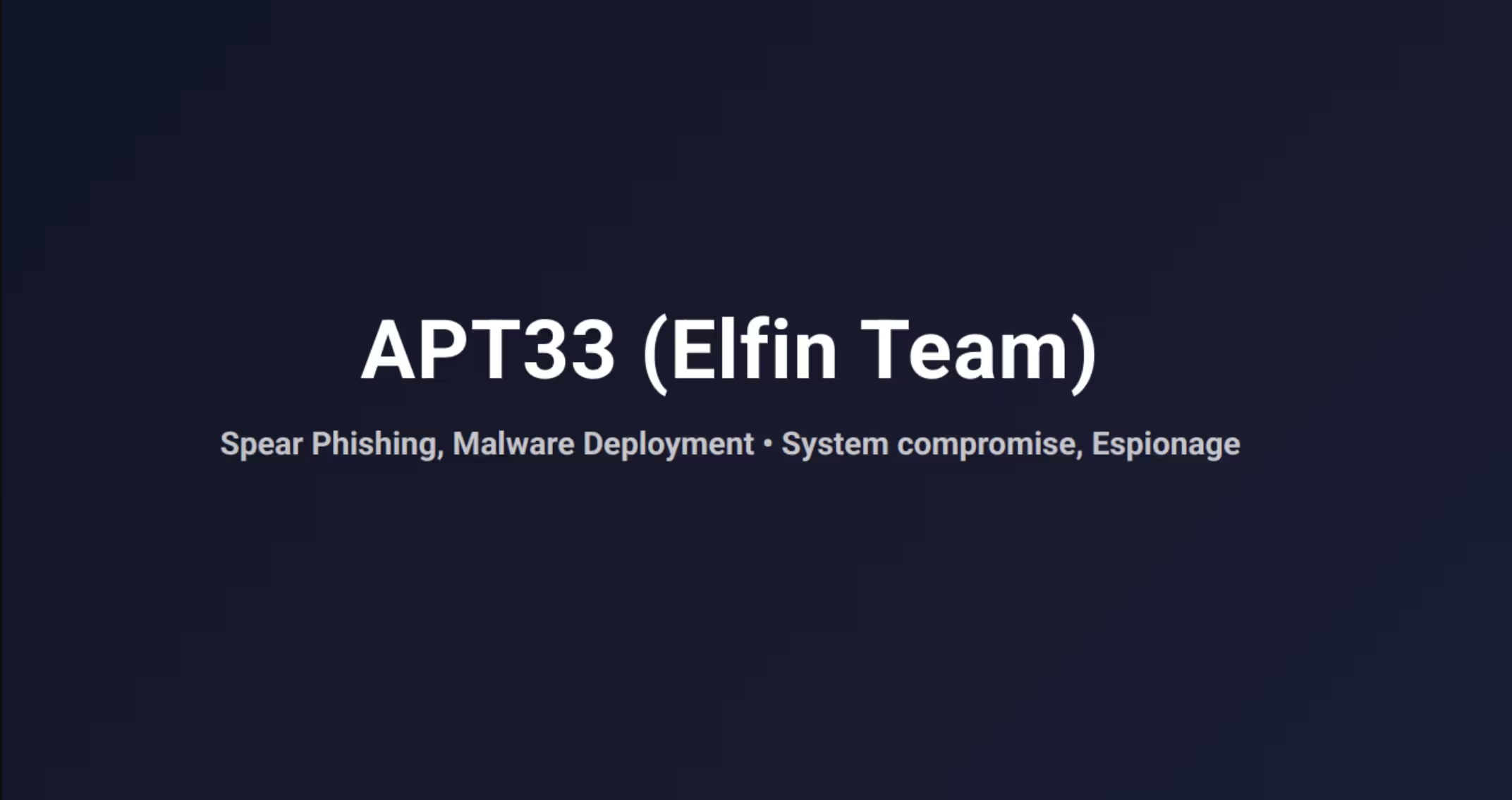To defend against threats similar to those used by APT33 (Elfin Team), security leaders should adopt the following multi-layered security practices:
- Security Awareness & Phishing Simulations
Train users to detect and report phishing attempts using realistic simulations. Reinforce awareness of social engineering tactics. - MFA Hardening (e.g., Phishing-Resistant Auth)
Enforce phishing-resistant MFA (e.g., FIDO2, certificate-based auth). Detect and respond to MFA fatigue attacks or session hijacking attempts. - Endpoint Detection & Response (EDR)
Deploy modern EDR solutions across workstations and cloud endpoints. Detect credential theft, persistence mechanisms, and lateral movement. - SaaS Misconfiguration Monitoring
Continuously monitor for configuration drift and excessive privileges in SaaS apps (e.g., M365, Salesforce, Okta). Lock down unused integrations and enforce least privilege. - Email Gateway & Attachment Filtering
Filter malicious attachments and links at the email gateway. Combine with in-app behavioral detection to spot post-delivery threats. - Threat Hunting or Behavioral Detection
Proactively hunt for identity anomalies and unusual access patterns (e.g., impossible travel, session token reuse, OAuth abuse) across your SaaS estate.
Obsidian Security’s platform can help detect these signals, automate posture hardening, and accelerate incident response across identity and SaaS environments.
